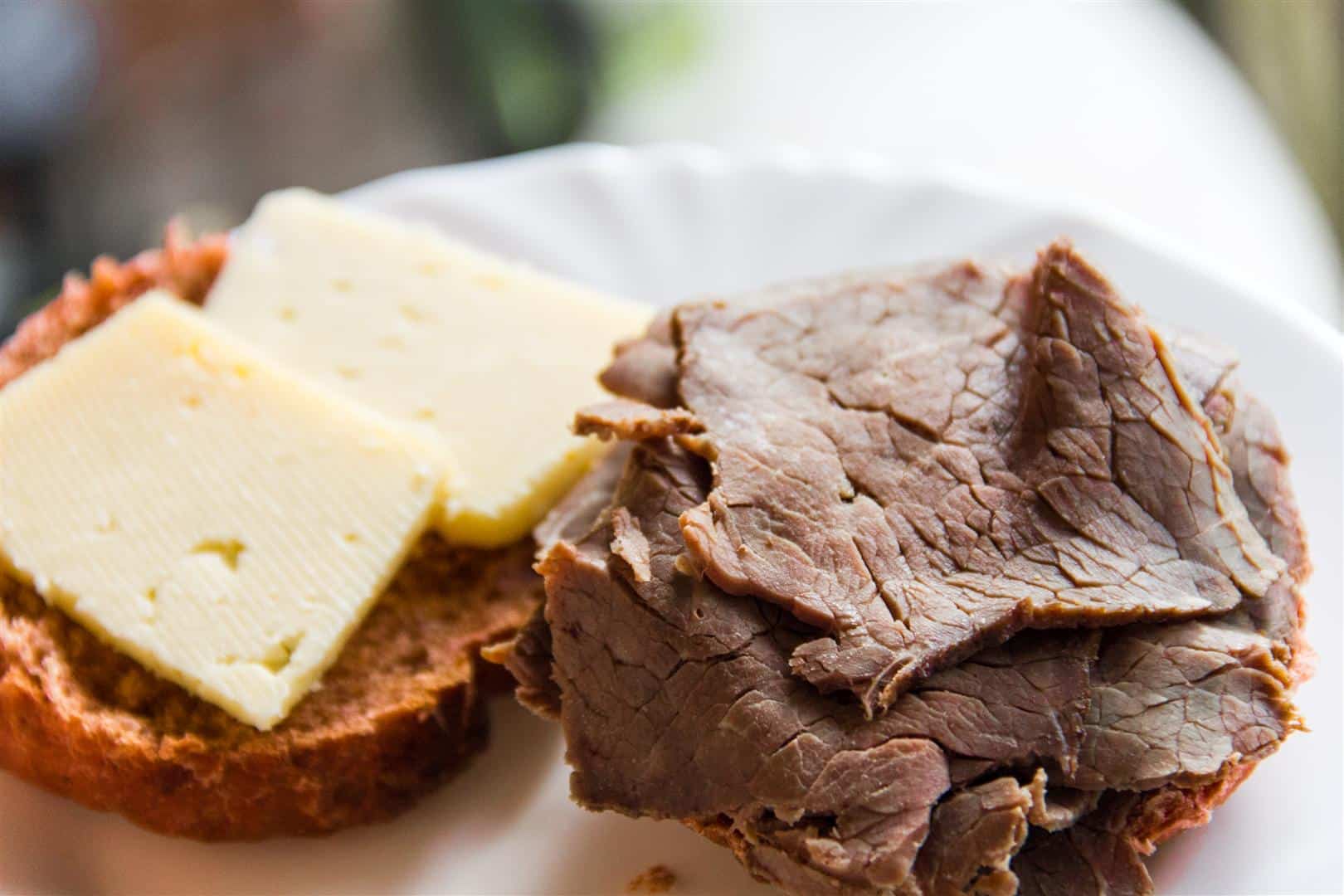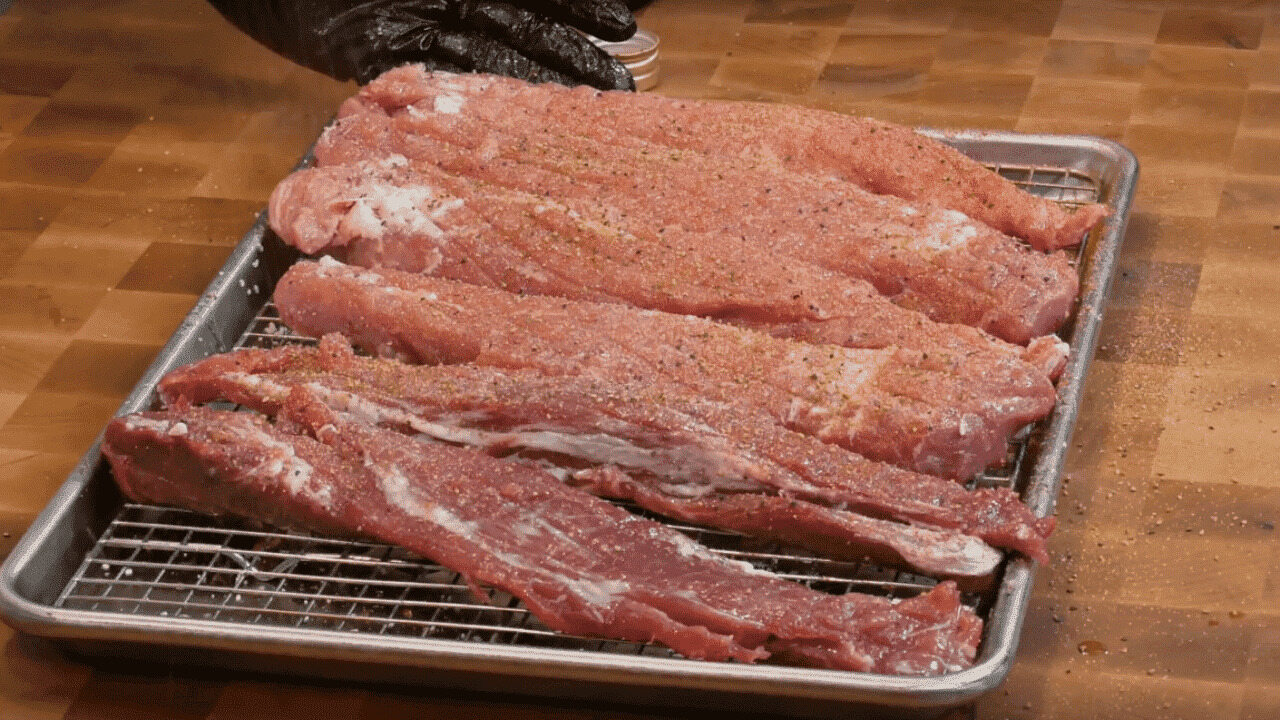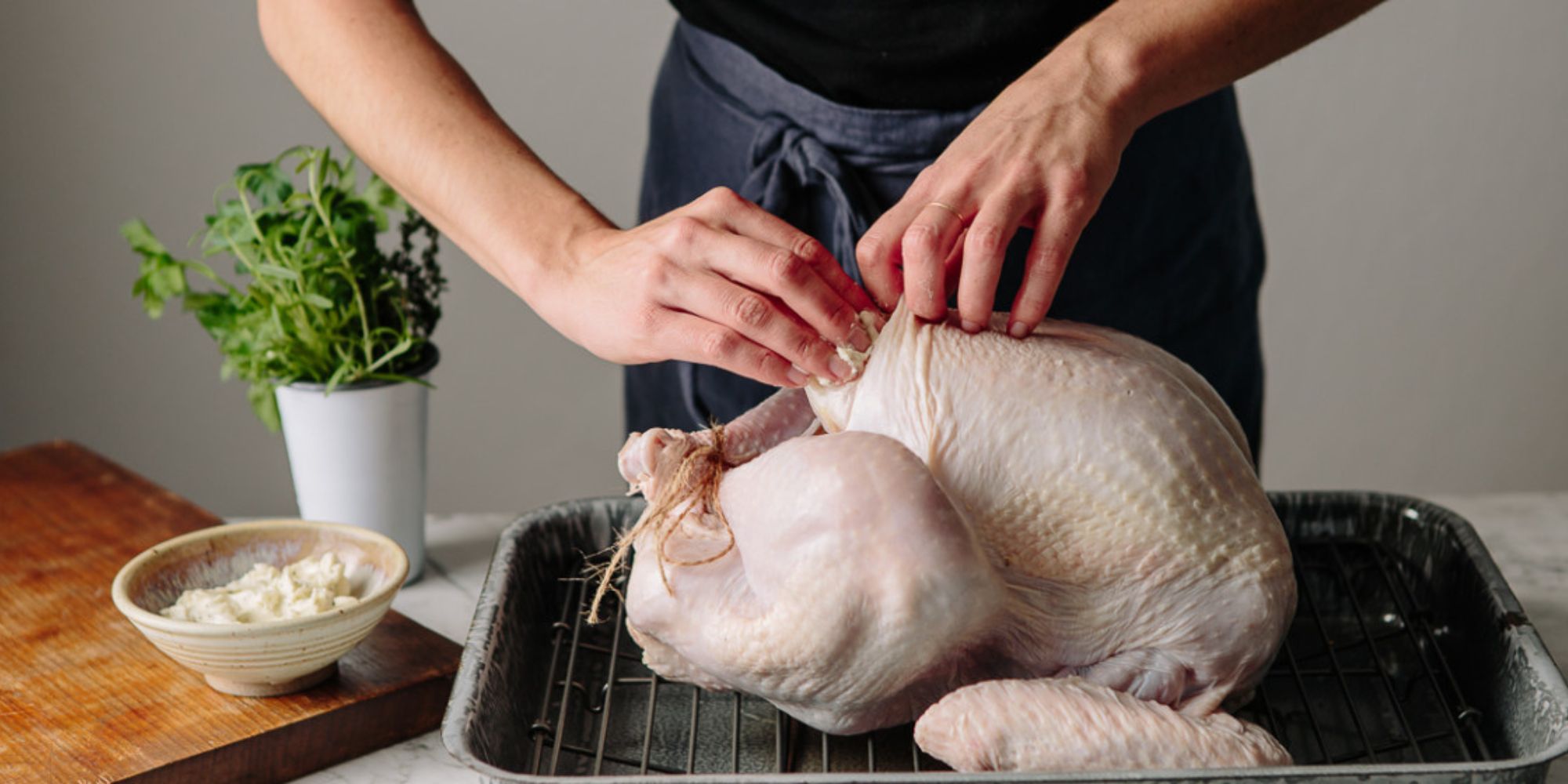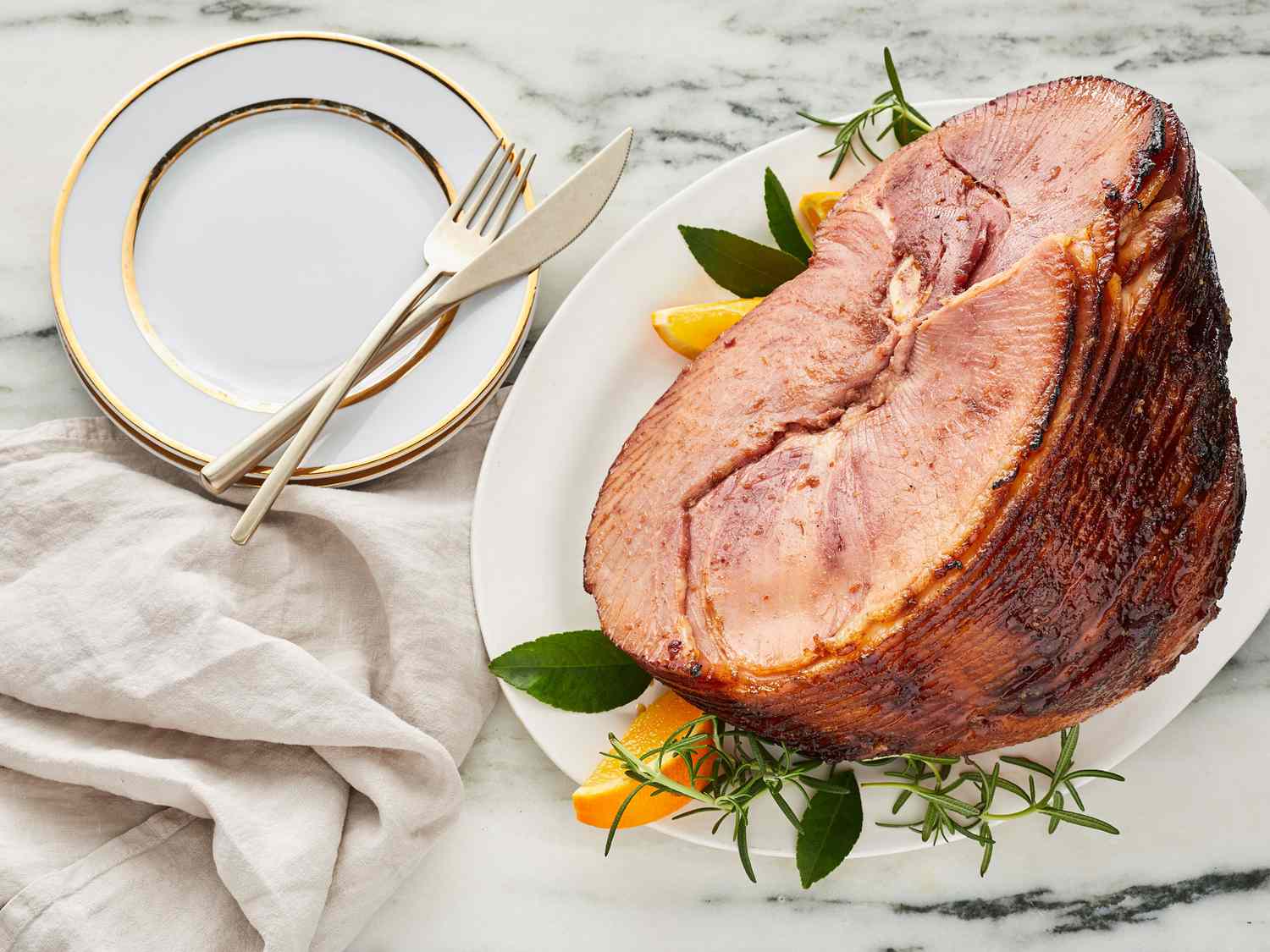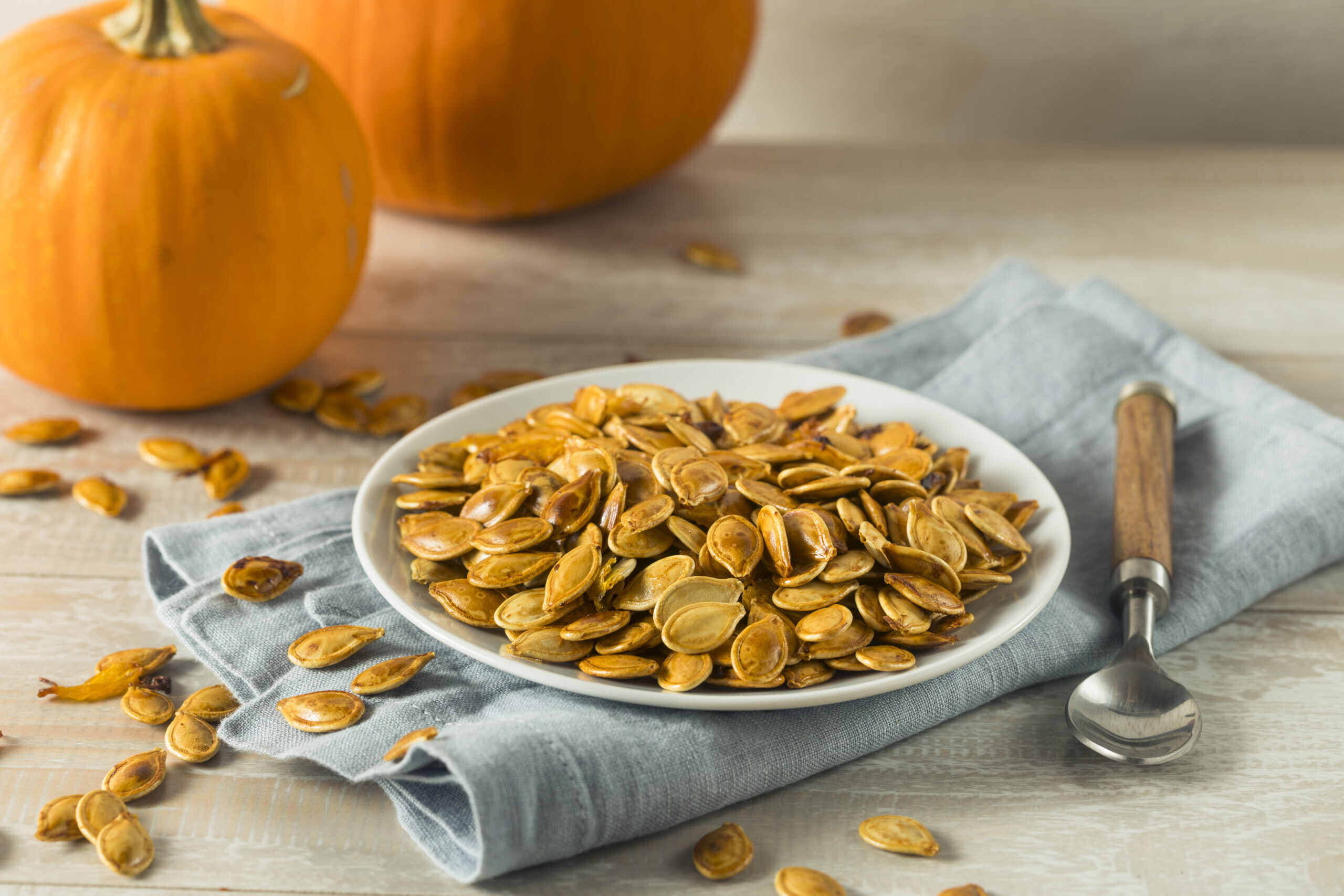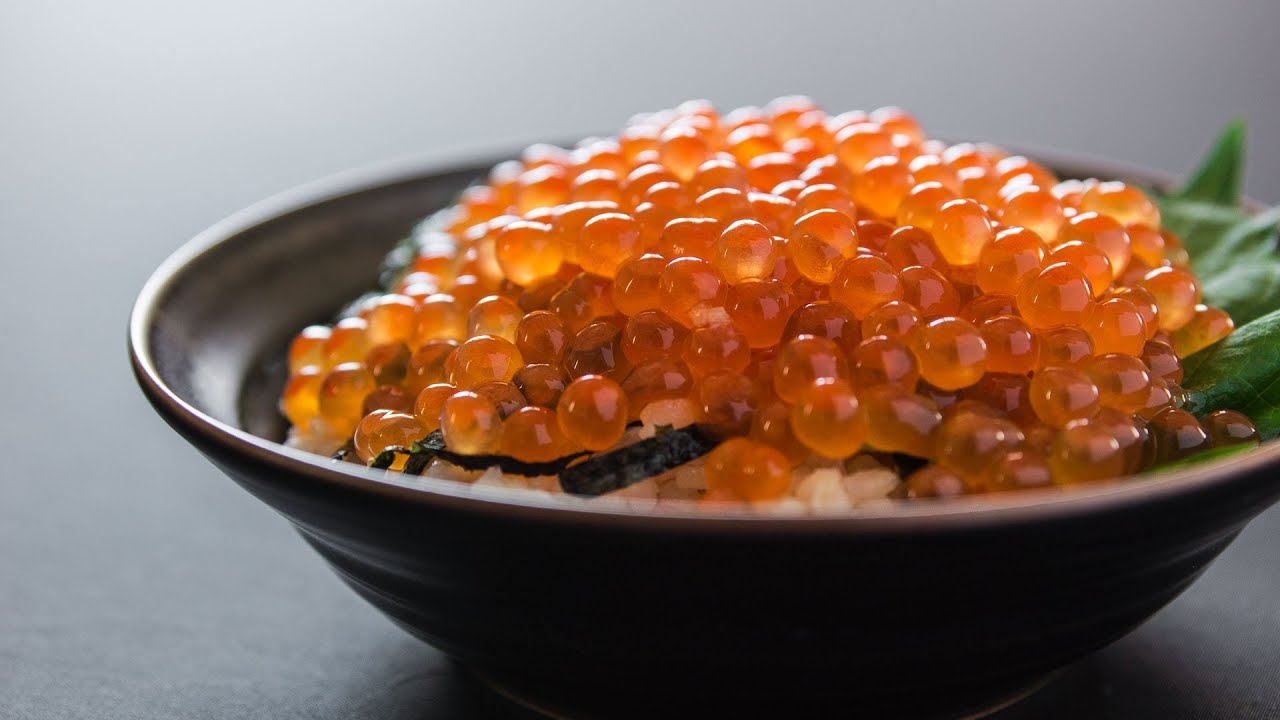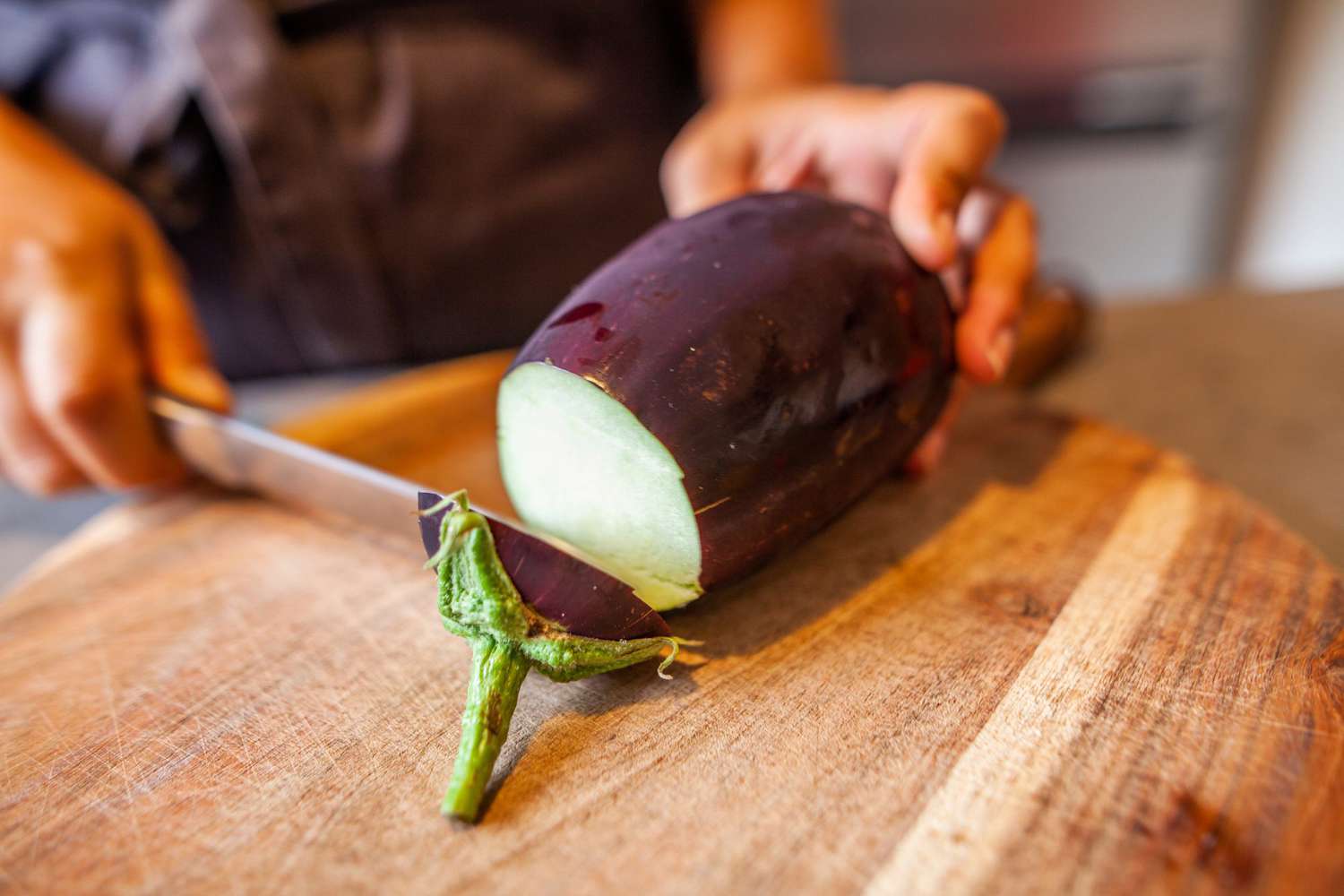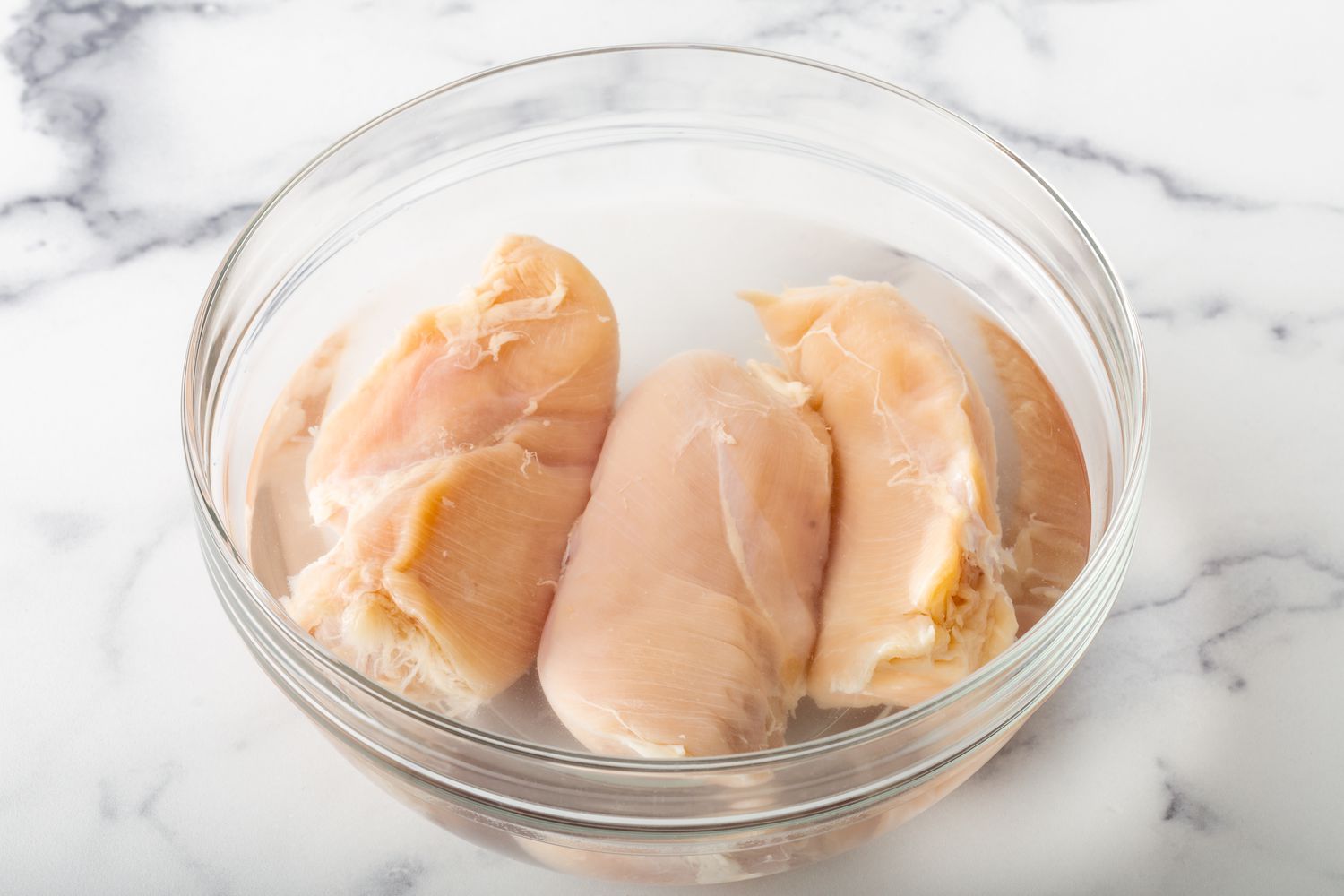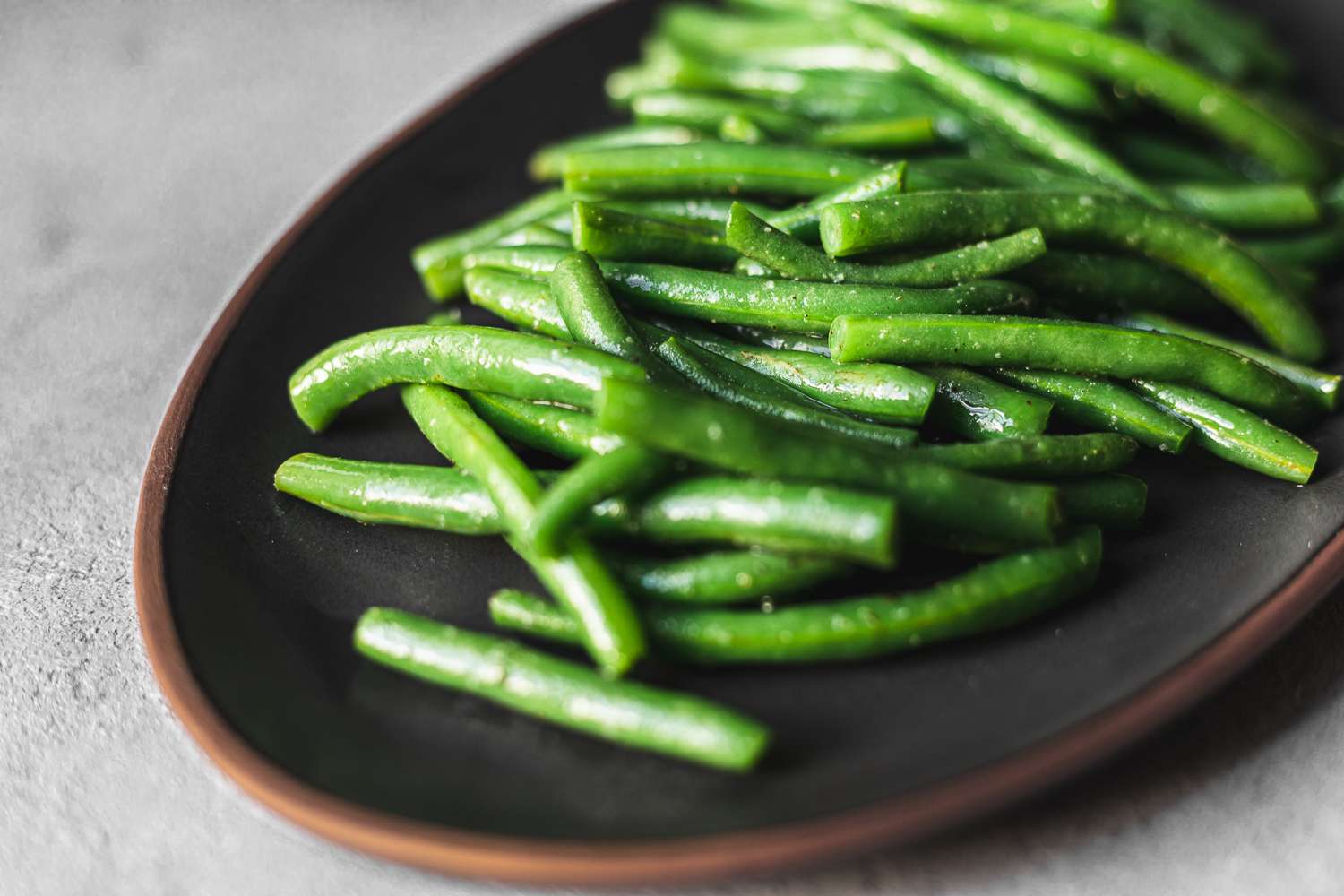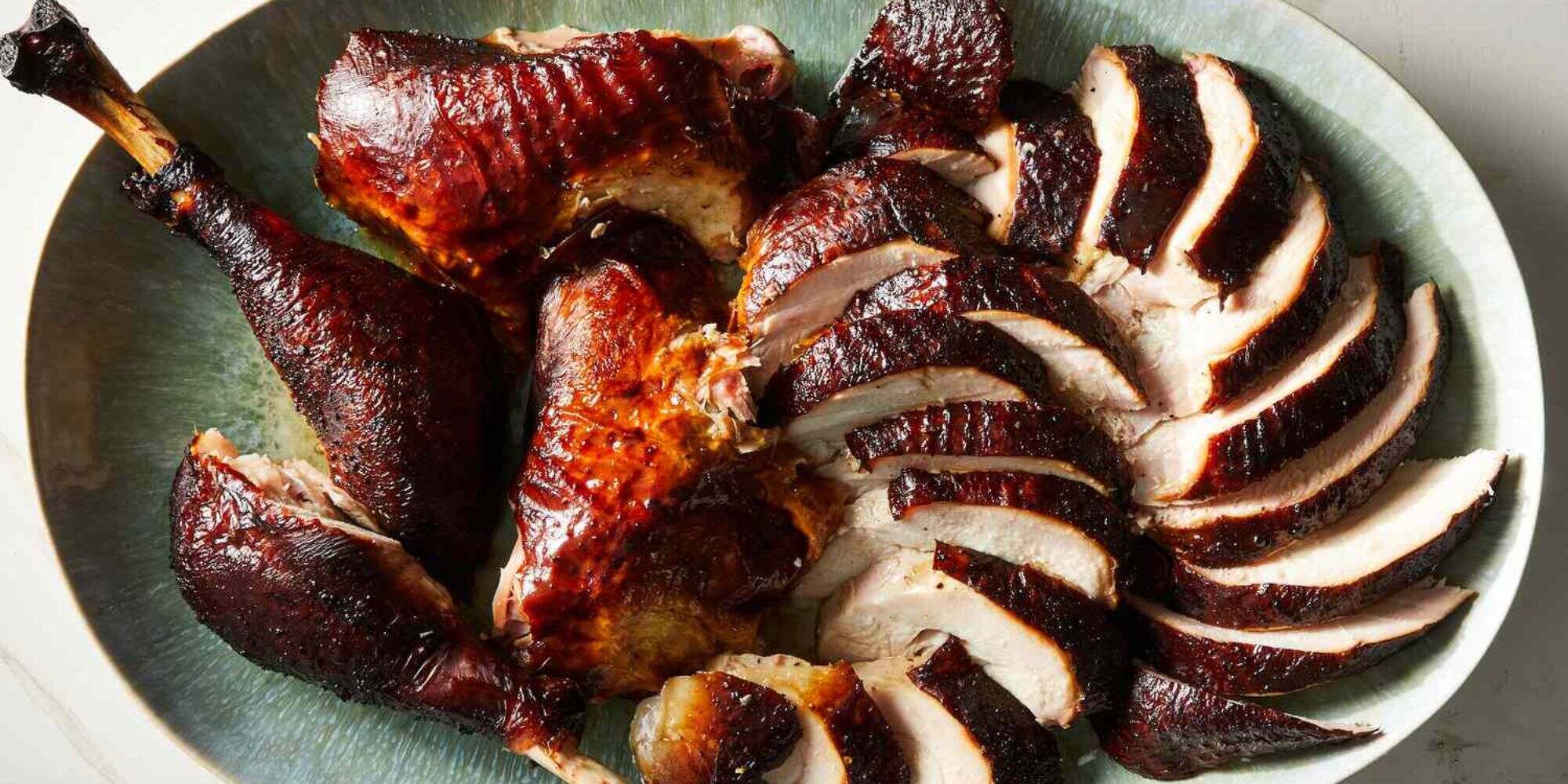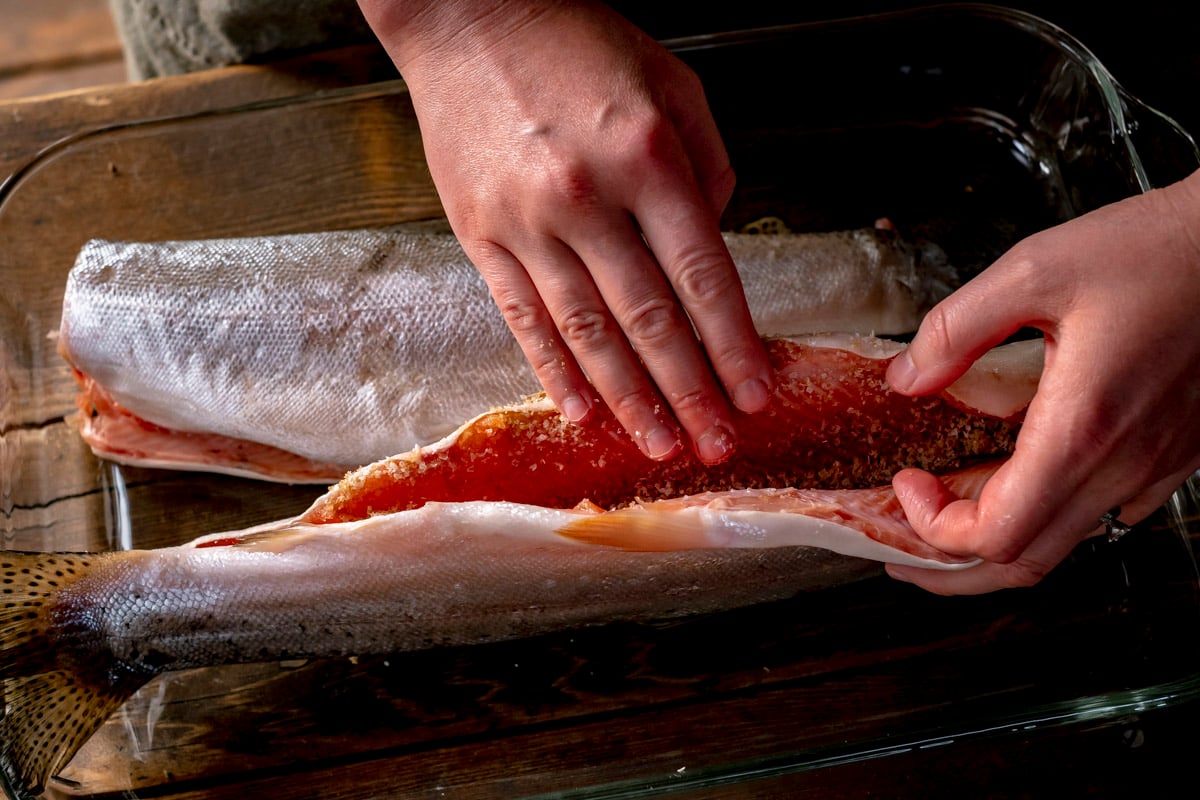Brining Whole Pork Loin: A Delicious Way to Enhance Flavor and Juiciness
Brining is a simple yet effective technique for infusing flavor and moisture into meat, and it works wonders for whole pork loin. Whether you’re preparing a special holiday meal or simply looking to elevate your weeknight dinner, brining whole pork loin can take your culinary skills to the next level. Here’s a step-by-step guide to help you master the art of brining pork loin.
What You’ll Need:
- Whole pork loin
- Kosher salt
- Water
- Optional: Sugar, herbs, and spices for added flavor
- Large container or resealable plastic bag
- Refrigerator space
Step 1: Prepare the Brine
Start by preparing the brine solution. In a large container or resealable plastic bag, combine kosher salt with water. The general rule of thumb for a basic brine is 1 cup of salt per gallon of water. You can also add sugar, herbs, and spices to the brine to enhance the flavor of the pork loin. Make sure the salt is fully dissolved in the water before moving on to the next step.
Step 2: Submerge the Pork Loin
Place the whole pork loin in the brine, making sure it is fully submerged. If necessary, use a weighted plate to keep the pork loin submerged in the brine. This will ensure that the brine penetrates the meat evenly, resulting in a flavorful and juicy pork loin.
Step 3: Refrigerate and Brine
Once the pork loin is submerged in the brine, cover the container or seal the bag and place it in the refrigerator. Let the pork loin brine for at least 12 hours, but no more than 24 hours. Brining for too long can result in overly salty meat, so it’s important to stick to the recommended brining time.
Step 4: Rinse and Pat Dry
After the brining period is complete, remove the pork loin from the brine and rinse it thoroughly under cold water to remove any excess salt. Pat the pork loin dry with paper towels to remove any excess moisture on the surface.
Step 5: Cook and Enjoy
With the pork loin successfully brined, it’s now ready to be cooked according to your favorite recipe. Whether you choose to roast, grill, or smoke the pork loin, you can expect a flavorful and juicy result thanks to the brining process. Once cooked to perfection, slice the pork loin and savor the delicious, tender meat that brining has helped you achieve.
Brining whole pork loin is a simple yet impactful technique that can elevate your culinary creations. By taking the time to brine your pork loin, you’ll be rewarded with a moist, flavorful, and unforgettable dining experience. So, the next time you’re planning to prepare a whole pork loin, consider incorporating the brining process for a truly delicious outcome.
